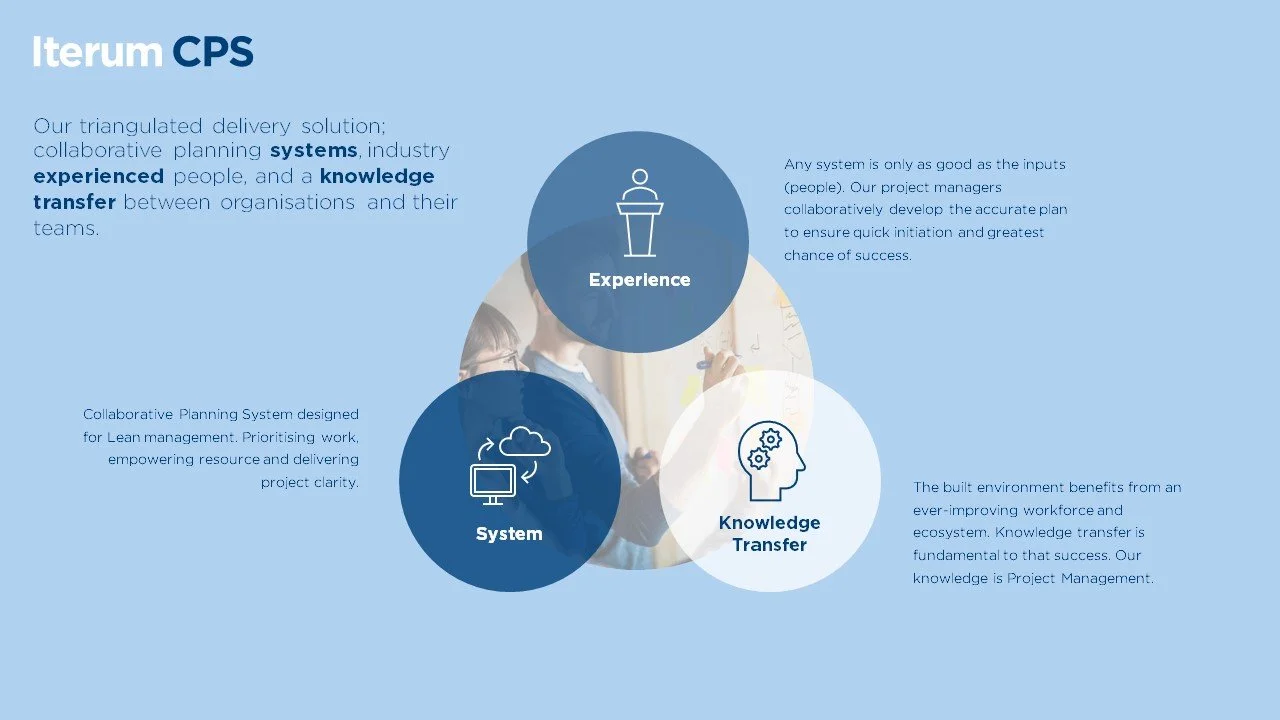The Value of Project Controls
In the intricate world of the built environment, where projects range from towering skyscrapers to expansive infrastructure developments, success hinges on more than just visionary design and skilled labour. Behind the scenes, a critical yet (sometimes) underappreciated element plays a pivotal role in ensuring that these projects are delivered on time, within budget, and to the highest standards: Project Controls.
What Are Project Controls?
Project Controls encompass the tools, processes, and methodologies used to manage and monitor the various aspects of a project, including cost, schedule, risk, and quality. These controls provide a framework for identifying potential issues early, making informed decisions, and keeping the project aligned with its objectives. Despite their importance, the value of project controls often remains hidden, overshadowed by more visible components of project management.
The Hidden Value of Project Controls
1. Proactive Risk Management
- Anticipating Challenges: Project controls enable the early identification of potential risks, allowing for the development of mitigation strategies before issues escalate. This proactive approach reduces the likelihood of delays, cost overruns, and other disruptions.
- Scenario Planning: Through techniques like scenario analysis, project controls help anticipate various outcomes and prepare contingency plans, ensuring the project remains on track even in the face of unforeseen challenges.
2. Enhanced Cost Management
- Budget Accuracy: By closely monitoring costs and tracking expenditures against the budget, project controls ensure that financial resources are used efficiently. This precision reduces the risk of budget overruns and helps in maintaining financial control throughout the project lifecycle.
- Value Engineering: Project controls facilitate value engineering, where cost-effective alternatives are identified without compromising quality. This not only keeps costs in check but also enhances the overall value of the project.
3. Improved Schedule Management
- Timely Delivery: With project controls in place, scheduling is more precise, allowing for better planning and resource allocation. This reduces the likelihood of delays and ensures that milestones are met according to the project timeline.
- Critical Path Analysis: By identifying the critical path—the sequence of tasks that determine the project's duration—project controls help focus resources on the most crucial activities, minimising the risk of delays.
4. Quality Assurance
- Consistent Standards: Project controls ensure that quality standards are maintained throughout the project. By monitoring performance against set benchmarks, any deviations can be quickly identified and corrected.
- Continuous Improvement: Feedback loops enabled by project controls contribute to continuous improvement, ensuring that lessons learned are applied in real-time to enhance quality.
5. Data-Driven Decision Making
- Real-Time Insights: Using Systematic Tools, like our partnership with ViviLean, allows for mobile and desktop project controls with real-time data and analytics, empowering project managers to make informed decisions based on accurate, up-to-date information. This transparency enhances accountability and ensures that decisions are aligned with project goals.
- Performance Tracking: Regular reporting and performance tracking enable stakeholders to assess progress and make adjustments as needed, ensuring that the project remains on course.
The Strategic Advantage of Project Controls
While the day-to-day activities of a project often garner the most attention, the strategic advantage offered by robust project controls cannot be overstated. These controls act as a safety net, catching potential issues before they become significant problems. Moreover, they provide a structured approach to managing the complexities of modern projects, ensuring that all aspects—from costs to schedules to quality—are carefully monitored and managed.
Case in Point: Real-World Impact
Consider a medium-scale commercial catering solution project where Iterum implemented comprehensive project controls. By integrating cost management tools, rigorous scheduling, and risk assessment processes, the project was completed 15% under budget and on time. Project controls not only saved money and time (factoring changes) but also ensured the high-quality finish, as potential issues were addressed before they could impact the final product. Note: The savings does not factor in inflation either, where the budget was derived many years prior and in a very different ecosystem.
Conclusion: Unlock Project Controls
In the built environment, where the stakes are high and the challenges complex, the value of project controls becomes a critical differentiator between successful projects and those that don’t succeed. By embracing project controls, stakeholders can unlock a wealth of benefits, from cost savings and timely delivery to enhanced quality and strategic insight. At Iterum, we understand the transformative power of project controls and incorporate them into every project we manage. By doing so, we help our clients navigate the complexities of the built environment, ensuring that their projects are not only completed successfully but also exceed expectations.
Ready to Uncover Project Controls?
Our system and API tooling solutions (bespoke or off-the-shelf) are economical solutions for projects big and small. Contact Iterum today to learn how our project control expertise can help you achieve your project goals with precision and confidence.


